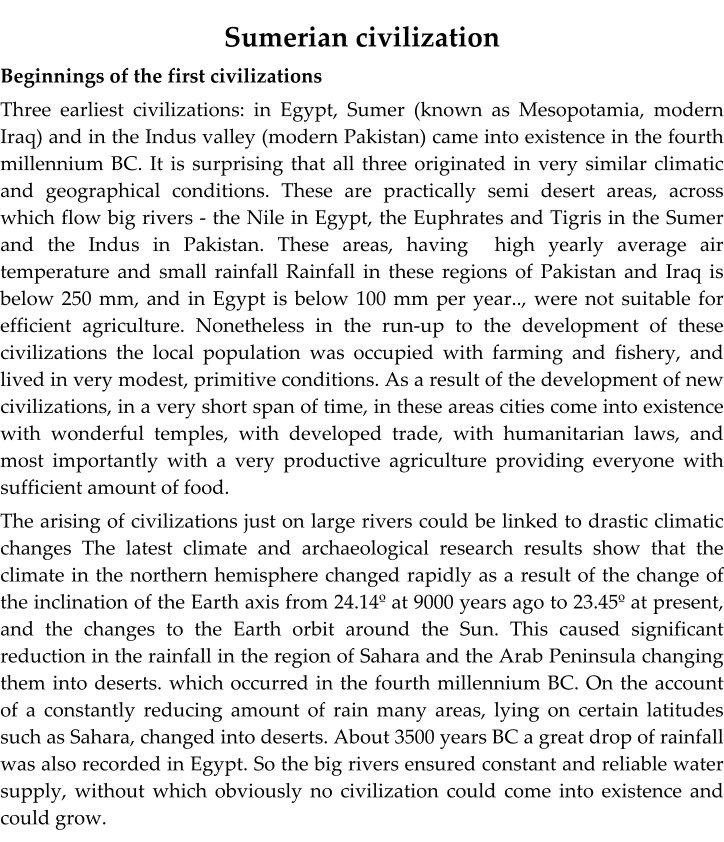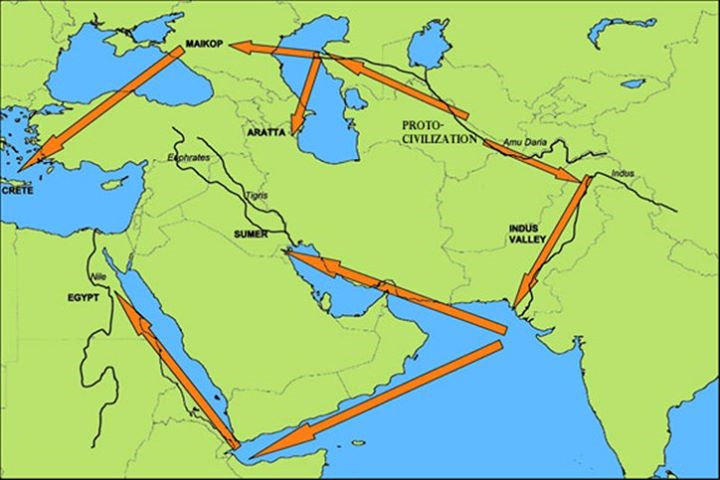



Map showing the genesis of civilizations


Ancient Civilizations


Lorem Ipsum Irure magna irure,
exercitation minim

© Ut duis incididunt ex officia
Gallery


- Home
- wearenotalone
- downloads
- blogs
- info
- About
- gur
- the new
- interviews
- fatima
- displays
- ancientcivilizations
- religion
- religion
- monotheistic
- apparitions
- where are they
- 20th century
- delivery of water
- arising of life
- damer and deamer
- reviews tng
- reviews2
- reviews3
- polish welcome
- gurdjieff a new int
- not alone review and inter
- polish gurdjieff a new int
- polish gur enigma
- polish czy jestemy
- polish czy jestemy recenzje
- polish czy jestemy publikacje
- polish nova gen
- polish nova gen recenzie
- polish nova gen publikacje
- polish blogi
- polish o autorze
- polish kontakt
- polish pliki
- wywiad













